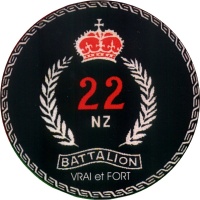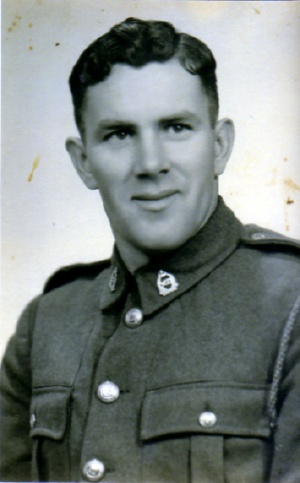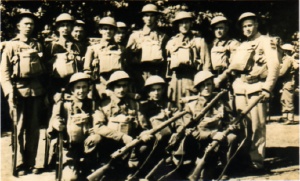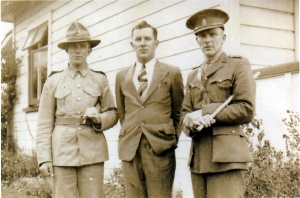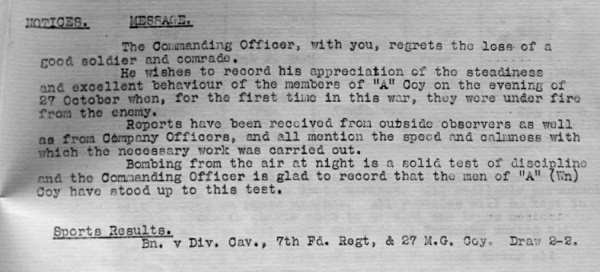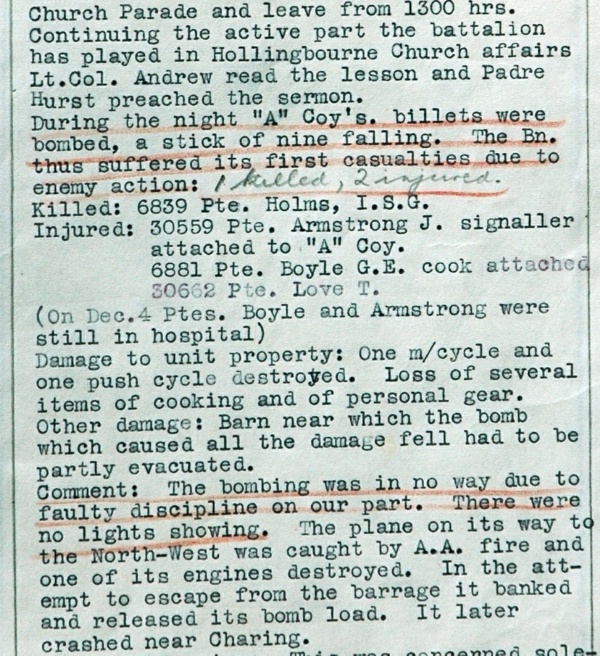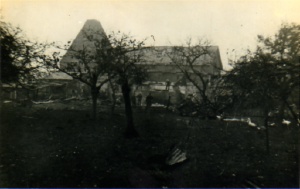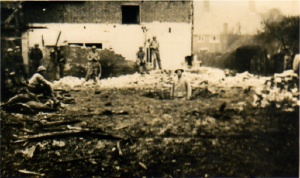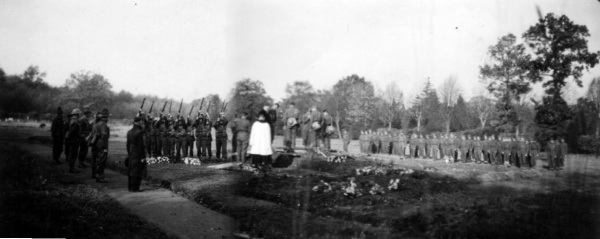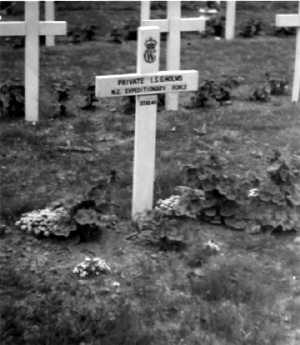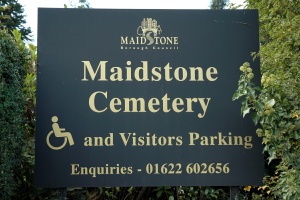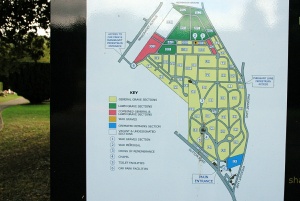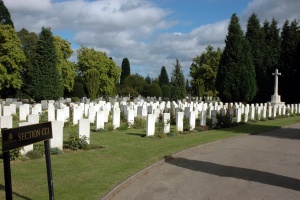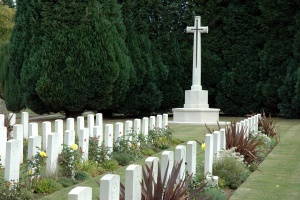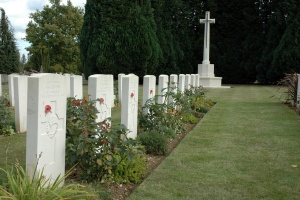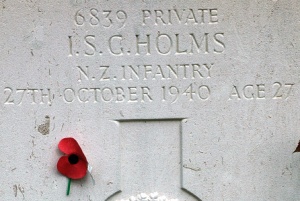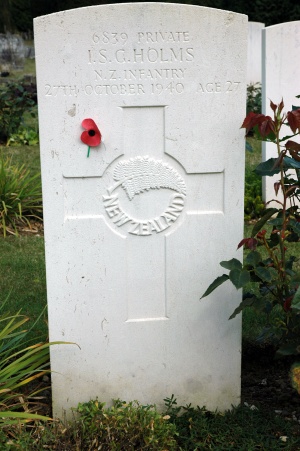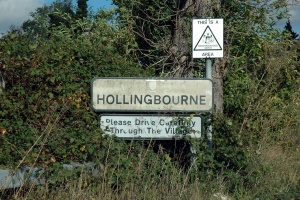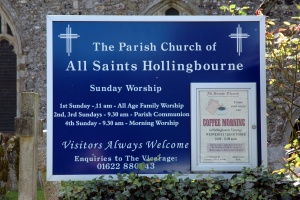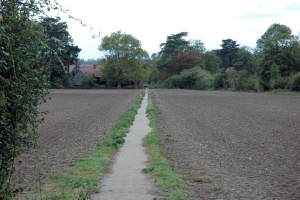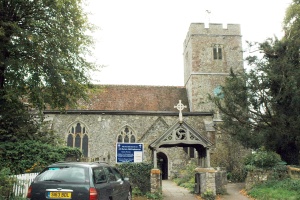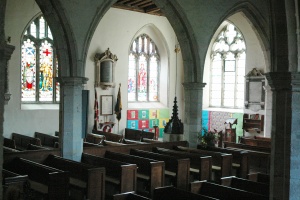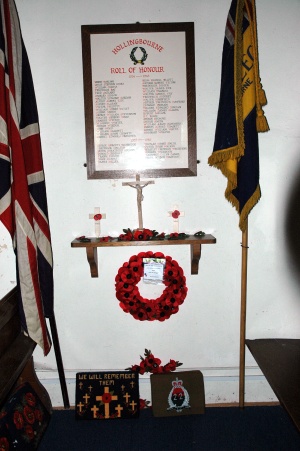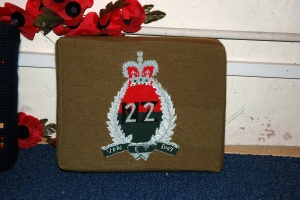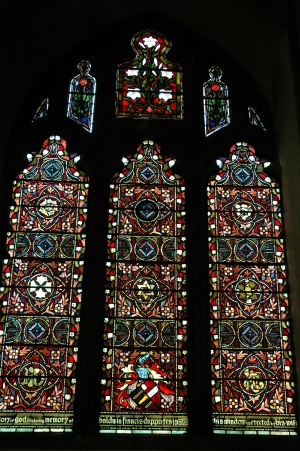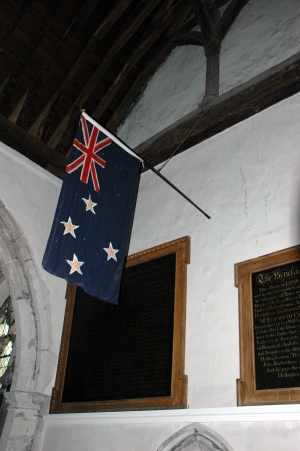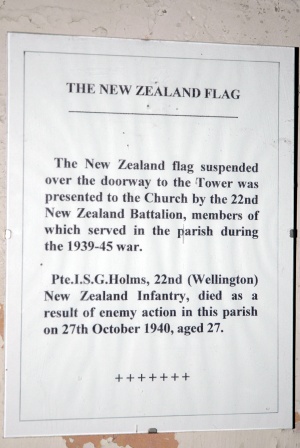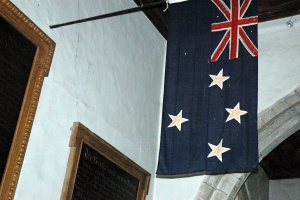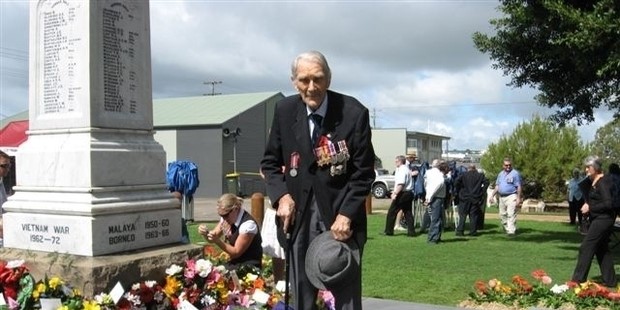First fallen soldier's story told
By Don Farmer
Tuesday Nov 3, 2015
EMOTIONAL: War veteran Grant Holms, brother of Ian, is
pictured at Anzac Day in Hervey Bay, Australia, in 2011. He was then
100 years old but has since died. PHOTOS/SUPPLIED We both feel very
privileged to have attended the small but stirring service at the
Commonwealth War Graves Cemetery in Maidstone, Kent, a service led by
the Shepway and Parkway Royal British Legion, honouring the many
servicemen who paid the supreme sacrifice, particularly during the
darkest days of the Battle of Britain.
Amongst those buried there is my uncle, Pte Ian Holms of
the NZ 22nd
Battalion, serving at the time in the HQ Company, Anti-Aircraft
Battery, providing a much needed role in helping to defy an impending
German invasion, following the fall of France.
Enlisting with the Second Echelon 2nd NZEF and
originally destined for
the Middle East, the "tourists" as they were irreverently known,
arrived in Scotland in June 1940 before boarding a train to take up
their positions in Kent.
While in Britain Ian and his younger brother Robert took
the liberty to
visit relatives in Scotland and England, bringing newspapers and news
from Godzone.
The sight of New Zealanders roving round the homeland
helped to boost
morale. A cousin of the family, Jean Fulton, can remember as a proud 10
year old showing off her cousin Ian to her friends in his resplendent
khaki uniform and the unique lemon squeezer after he had arrived
unexpectedly on their doorstep while on leave.
Travelling however, was fraught with hold-ups to train
services.
Commanded by Colonel. Andrew VC, a stickler for discipline, "Old
February" as he was known, had no compunction dishing out punishment
for soldiers being absent without leave.
"Am I to understand you were late returning because
there was a bombing
raid?
"Well then, you should have taken an earlier train.
Punishment - 28
days loss of leave."
It was on the night of October 27th, 1940, that Ian
Holms was to have
the ignominious distinction of becoming one of the first New Zealand
soldiers to be killed in action while on duty at the Old Putnam Priory
in Maidstone.
About to bed down for the night, after a Sunday church
parade and
sporting encounters with rival units, an enemy bomber hit by
anti-aircraft fire released its pinion of bombs before crashing five
miles away.
One of the jettisoned bombs dropped outside the priory.
Bursting
upwards, it inflicted its fatal explosion on Ian and wounded three
other soldiers.
Ian's brother Bob, serving with the Divisional Cavalry,
attended the
funeral and later wrote to their eldest brother Grant, serving with the
First Echelon in Egypt, expressing how Ian's death was peaceful with
Ian, having been nursed in the arms of a fellow soldier, Charlie
Merrylees.
Unlike so many of his battalion, he at least was to
receive full
military honours, in a service conducted by Rev Walter Hurst, soon to
become a prisoner-of-war (POW) in the battle for Greece.
The battalion was well liked by residents with many
servicemen hosted
in their homes, enjoying the picturesque surroundings in Kent.
For many years my grandfather Archie Holms would receive letters from
the Mason Family in Maidstone, telling him of their inner-bound duty to
tend to Ian's grave on Anzac Day and Remembrance Day.
Amongst the 15 NZ servicemen buried in the Maidstone
cemetery was the
28th Maori Battalion's first casualty as a result of a motorcycle
crash, Pte Tokena Pokai, son of a Maori MP.
Another tragic figure lying alongside is Scots born Pte
Alex Meikle of
the 27th NZ Battalion, murdered by a fellow New Zealand soldier. The
22nd Battalion was to distinguish itself in campaigns in Greece, North
Africa and Italy.
Along with Keith Elliott's VC, (and incidentally, as
fortune would have
it, his company had only vacated the barn where Ian was killed the
night before), many soldiers of the 22nd were to receive decorations
for conspicuous bravery and dedicated service.
A posthumous St George Cross was awarded to Lance
Corporal David
Russell, dying in front of a firing squad for refusing to reveal key
information on Italian families assisting the war effort or information
on escaped POWs. Haddon Donald DSO became commander of the battalion
and would later serve as a National Government MP - representing
Wairarapa in Parliament. He is still a resident of Masterton.
Major-General Sandy Thomas, an author and the last
commanding officer
of the battalion in Japan, would later become the last Commanding
Officer of British Forces in Far East Asia.
Another battalion padre Rev Martin Sullivan would become
Dean of St
Pauls, officiating at Sir Winston Churchill's funeral.
Being Kiwis, the battalion had its fair share of All
Blacks, with Jack
Sullivan, Vince Bevan and Athol Mahoney prominent. To cap it off one of
the Intelligence Officers was the journalist, Terry McLean.
If ever there was a seed of hope to emerge from the
tragedy of Ian
Sutherland Gordon Holms, it would be that of a nephew, named in memory
of her brother by Betty and her husband Ray Falloon, himself a Crete
veteran.
Professor Ian Robert Holms Falloon would become a world
authority in
the treatment of schizophrenia and the introduction of early
intervention community health programmes, particularly in England where
he later lived.
Having graduated from the University of Otago Ian
Falloon started work
at Maudsley Hospital, London, in the early 1970s.
It was from there that his research would take him to
the dizzy heights
of the University of Maryland, in the United States as Associate
Professor, instigating the Buckinghamshire Experiment he led in
England, and for a short missionary capacity, Emeritus Professor of
Psychiatry at Auckland University where a lecture theatre is named in
his honour.
Shortly before his untimely death in 2006 Professor Ian
Falloon was
given an award for exceptional services to mental health in Australia
by no lesser person than the then Federal Minister of Health, Tony
Abbott.<>
Professor Patrick McGorry who was named Australian of
the Year in 2010
spoke eloquently on Ian's virtues and contributions to mental health at
the memorial service held in Birmingham, England.
If there is an utterance to be shared from one of so
many soldiers who
paid the supreme sacrifice, it would be a great vote of approval that,
like his great-aunt Selina Sutherland, a sense of pride must surely
trickle through those hallowed grounds from where he now lies.
Our thoughts and grateful thanks must extend to those
who continue to
preserve the memories of those good souls now lying in far flung
Commonwealth War Graves cemeteries.
|
